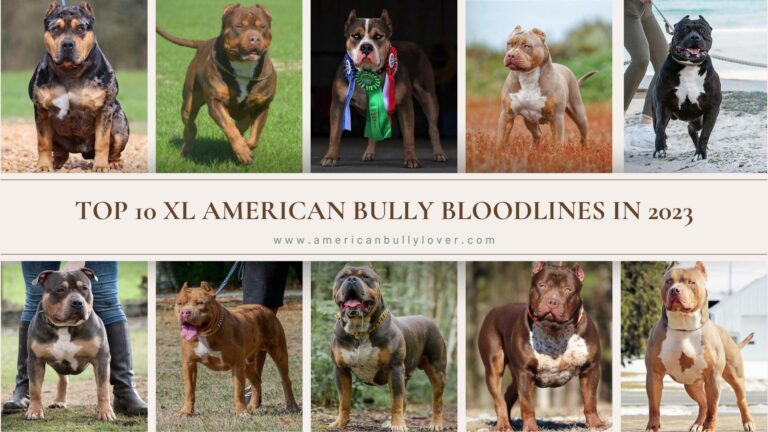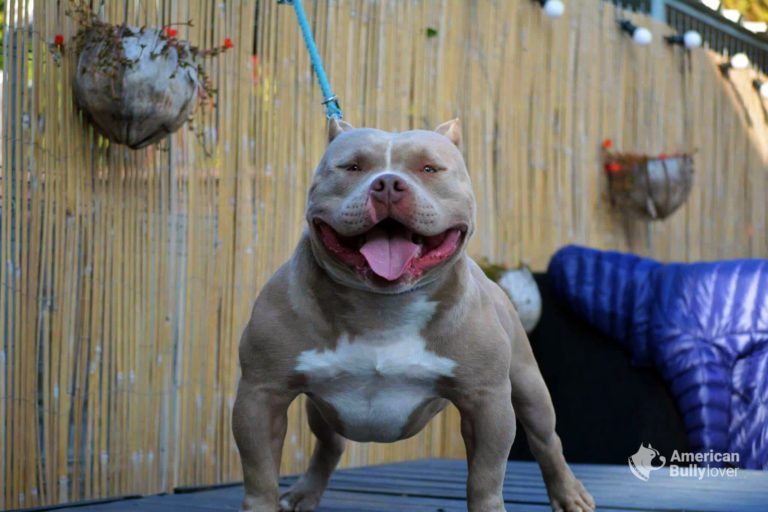- Why Chocolate is a No-Go for American Bully Dogs
- A Dog's Guide to Chocolate Types and Toxicity Levels
- How American Bully Dogs' Weight Affects Chocolate Toxicity
- Chocolate Toxicity Symptoms in American Bully Dogs: What to Look Out For
- What Should You Do If Your American Bully Eats Chocolate?
- A Personal Experience with American Bully Dogs and Chocolate Toxicity
- Conclusion
With Easter just around the corner, it’s important for American Bully enthusiasts and pet owners to be extra cautious with their furry friends around chocolate Easter eggs and other sweets. While we may enjoy indulging in these sweet treats, remember that chocolate is toxic to dogs, including American Bully dogs of all sizes. As responsible pet owners, it’s crucial to keep all chocolate products out of reach to prevent any potential harm to our furry friends.
In this article, we will discuss why chocolate is dangerous for your American Bully baby, the different types of chocolate and their toxicity levels, how American Bully dogs’ weight affects chocolate toxicity, signs of chocolate toxicity in American Bully dogs, we will share our personal experience with American Bully and chocolate, and tips for preventing chocolate toxicity.
Why Chocolate is a No-Go for American Bully Dogs
Chocolate contains two chemicals, caffeine and theobromine, which belong to the methylxanthine family. These chemicals stimulate the central nervous system and the heart, leading to various symptoms. Dogs cannot metabolize these chemicals as efficiently as humans, making chocolate ingestion dangerous and potentially life-threatening for our American Bully pets.
A Dog’s Guide to Chocolate Types and Toxicity Levels
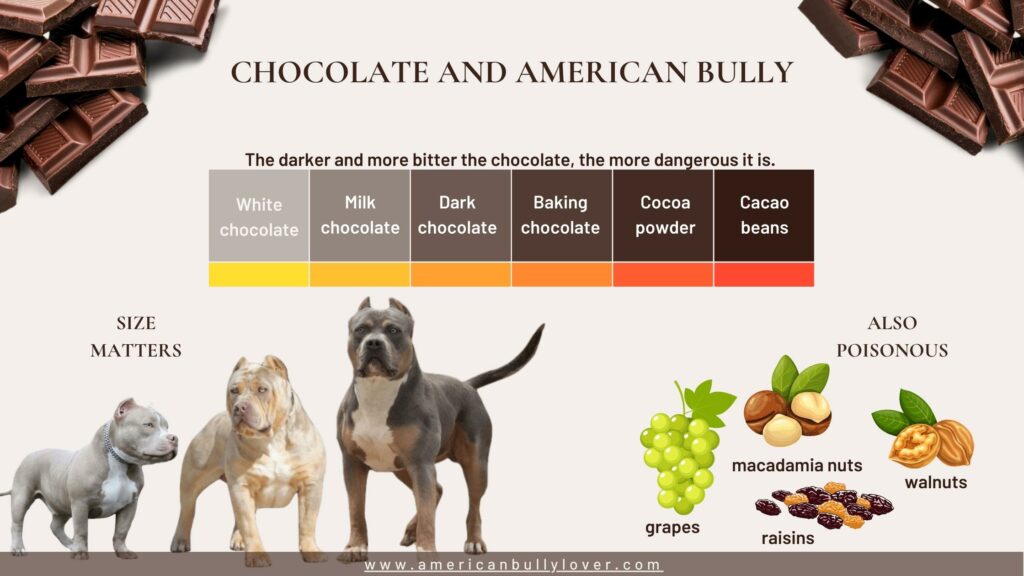
While all types of chocolate can be toxic for dogs, some are more dangerous than others. The amount of methylxanthine varies depending on the type of chocolate. The darker and more bitter the chocolate, the more dangerous it is for dogs. Dark chocolate and baking chocolate contain more methylxanthines per ounce than milk chocolate or white chocolate.
Here is a list of different types of chocolate and their toxicity levels, measured in milligrams of methylxanthine per ounce, from most toxic to least toxic:
- Cacao beans: 300-1500 mg/oz.
- Cocoa powder: 400-737 mg/oz.
- Unsweetened baking chocolate: 390-450 mg/oz.
- Dark chocolate: 135-450 mg/oz.
- Milk chocolate: 44-60 mg/oz.
- White chocolate: 0.25 mg/oz.
It’s important to note that even though white chocolate has a lower methylxanthine content, it still contains sugar and fat that can cause harm to dogs.
How American Bully Dogs’ Weight Affects Chocolate Toxicity
While chocolate is toxic to dogs regardless of their weight, the size of the dog and the amount of chocolate consumed can impact the severity of the symptoms. For example, a 10-pound American Bully that ingests a small amount of dark chocolate may experience more severe symptoms than a 50-pound American Bully that eats the same amount of chocolate. This is because the smaller the dog, the higher the concentration of methylxanthine in their system.
Chocolate Toxicity Symptoms in American Bully Dogs: What to Look Out For
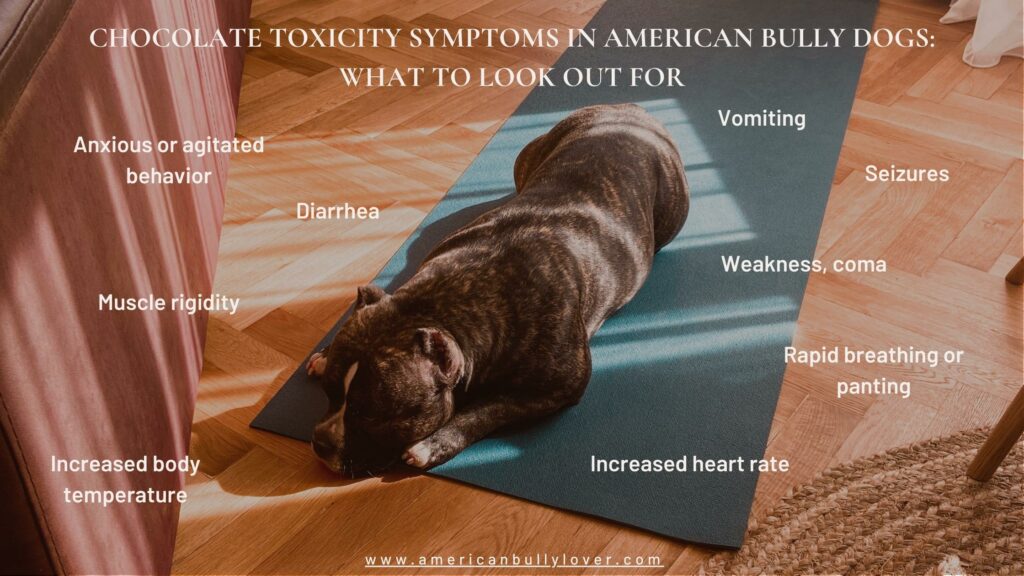
If you suspect that your American Bully dog has ingested chocolate, keep an eye out for these symptoms:
- Anxious or agitated behavior
- Vomiting
- Diarrhea
- Increased body temperature
- Muscle rigidity
- Rapid breathing or panting
- Increased heart rate
- Low blood pressure
- Seizures
- Advanced signs such as cardiac failure, weakness, and coma
In any of these situations, seek veterinary attention immediately.
What Should You Do If Your American Bully Eats Chocolate?
If you suspect that your American Bully has ingested chocolate, it’s important to act quickly. The severity of the symptoms can vary depending on the amount and type of chocolate ingested, as well as the weight and size of your dog.
The first thing you should do is contact your veterinarian or an emergency animal hospital immediately. The veterinarian will ask you about the type of chocolate your dog has ingested, the amount, and the time that has elapsed since ingestion. This information will help the veterinarian determine the best course of action.
In some cases, the veterinarian may recommend inducing vomiting to remove the chocolate from your dog’s stomach. However, this should only be done under the supervision of a veterinarian, as inducing vomiting can sometimes cause more harm than good.
If it’s been several hours since your dog ingested the chocolate, the veterinarian may recommend hospitalization and supportive care, such as IV fluids, to help your dog recover. In severe cases, your dog may require more aggressive treatment, such as medications to control seizures or cardiac support.
A Personal Experience with American Bully Dogs and Chocolate Toxicity
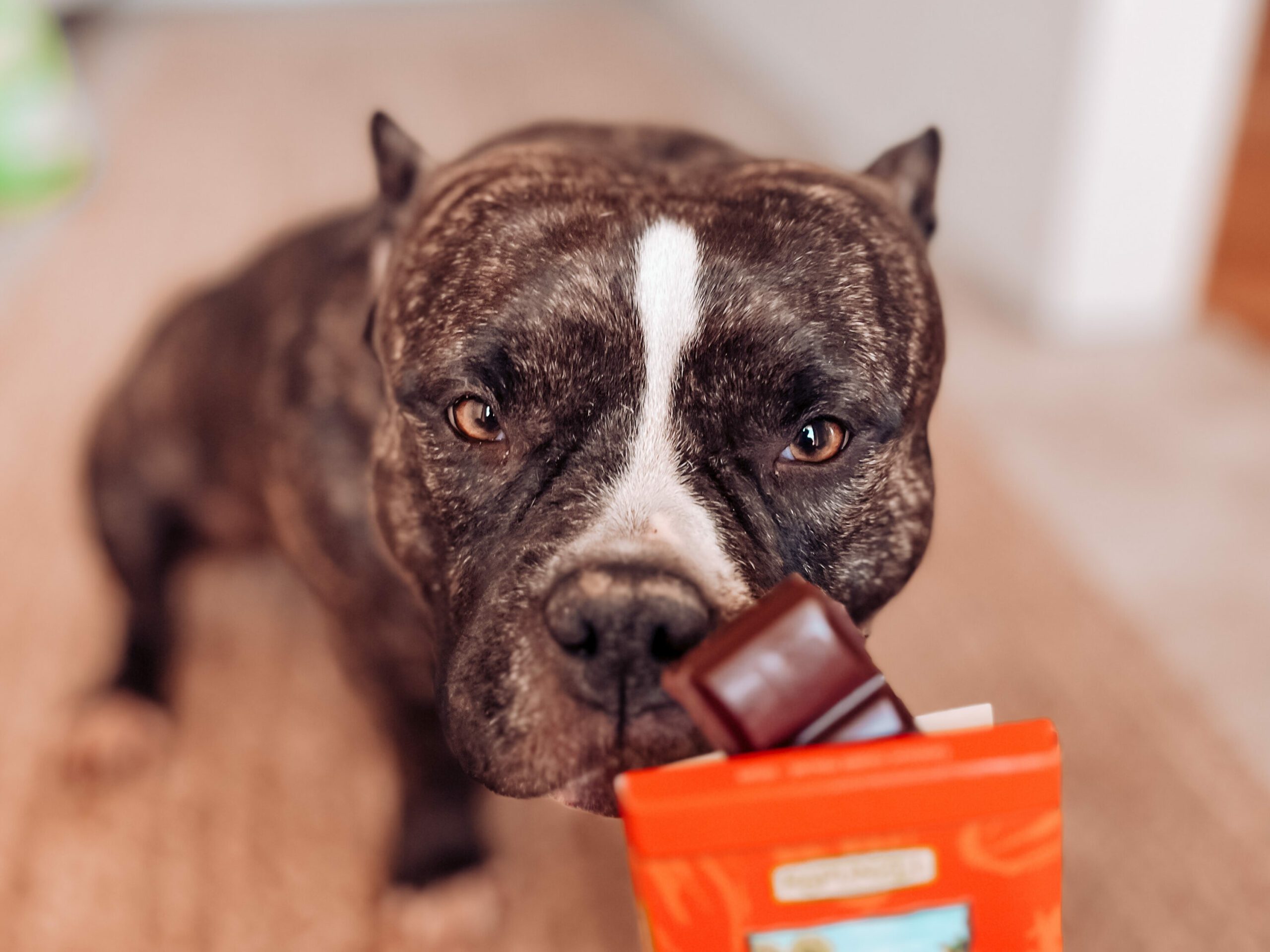
As an American Bully owner, I can attest to the dangers of chocolate ingestion. One time, my pocket bully, Ruby, got into a box of chocolates that I had accidentally left on the coffee table. I came home to find her shaking uncontrollably. I rushed her to the emergency animal hospital, where she was diagnosed with chocolate toxicity.
The veterinarian induced vomiting to remove as much chocolate as possible from her stomach and then monitored her closely for the next 24 hours. Thankfully, she recovered quickly and was back to her normal self in no time. It was a scary experience, and one that I hope no other pet owner ever has to go through.
Conclusion

To prevent your dog from ingesting chocolate, keep all chocolate and chocolate-containing products out of reach. Make sure to store chocolate items, including cocoa powder and hot chocolate mix, on a high shelf in a closed-door pantry. When consuming chocolate treats, do not leave them on countertops, tables, or in purses where your dog could easily access them.
Teaching your dog the “leave it” command can also be helpful in preventing them from eating anything that falls onto the ground or is left within reach during a walk. Additionally, crate training your dog is a safe way to ensure they do not consume anything harmful while you are not supervising them.
In conclusion, chocolate is a delicious treat for humans, but it can be lethal for dogs. As pet owners, it’s our responsibility to ensure that our furry friends are safe from any harmful substances, including chocolate. By being mindful of the signs of chocolate toxicity and taking preventative measures, we can keep our pets healthy and happy, while we – the human parents – may still enjoy indulging in these sweet treats.


